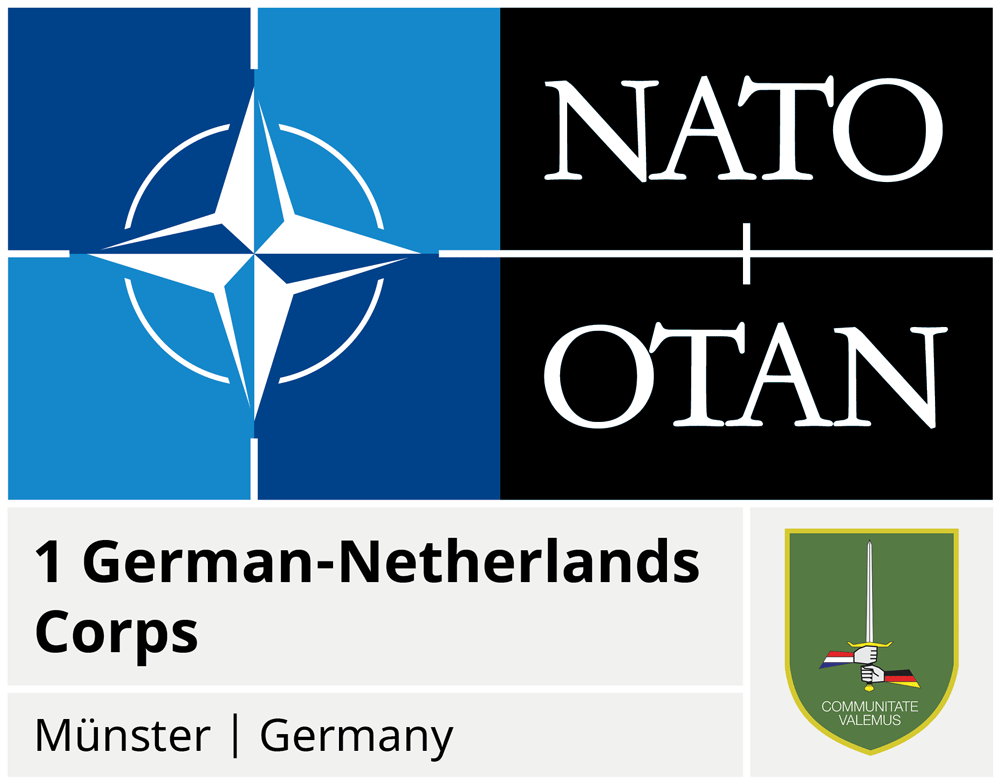Banking
Bank account: there are a broad numbers of banks with different kind of accounts and charges.
Debit card: called Giro Card, EC Card or Maestro Card is directly linked to your checking bank account and is used to get cash or statements from the automatic teller machines (ATM). It is commonly accepted for payments at hotels, department stores, gas stations, supermarkets and so on.
Credit Cards: are not as widely accepted in Germany as in many other countries, most common is MasterCard or VISA. Nowadays app payments such as PayPal, Apple Pay or Google Pay are very popular.
With the SEPA Direct Debit (SEPA-Lastschrift), you can pay invoices throughout the SEPA area in Euros. For the SEPA direct debit, the payee needs your IBAN and, if applicable, your BIC as well as your authorization. Unlike a bank transfer, the payee, for example your Internet provider initiates the booking – not you as the payer. To do this, you must authorise the payee to debit direct debits from your account. In our example, your Internet provider would then use this to collect the costs due from your checking account. This ensures that you pay bills on time without having to remember to do so every time. A direct debit is particularly useful for recurring payments.
Standing Order (Dauerauftrag): is used if you have regularly payments of a set sum such as rent, insurance premiums, club fees and the like. The sum is transferred automatically from your account on an agreed date to the account of the recipient. Standing orders have to be managed by one self and will not automatically stop by terminating a contract.
Transfer (Überweisung): is used to transfer money from one account to another, either online or filling in a transfer form (Überweisungsformular) at the bank.
